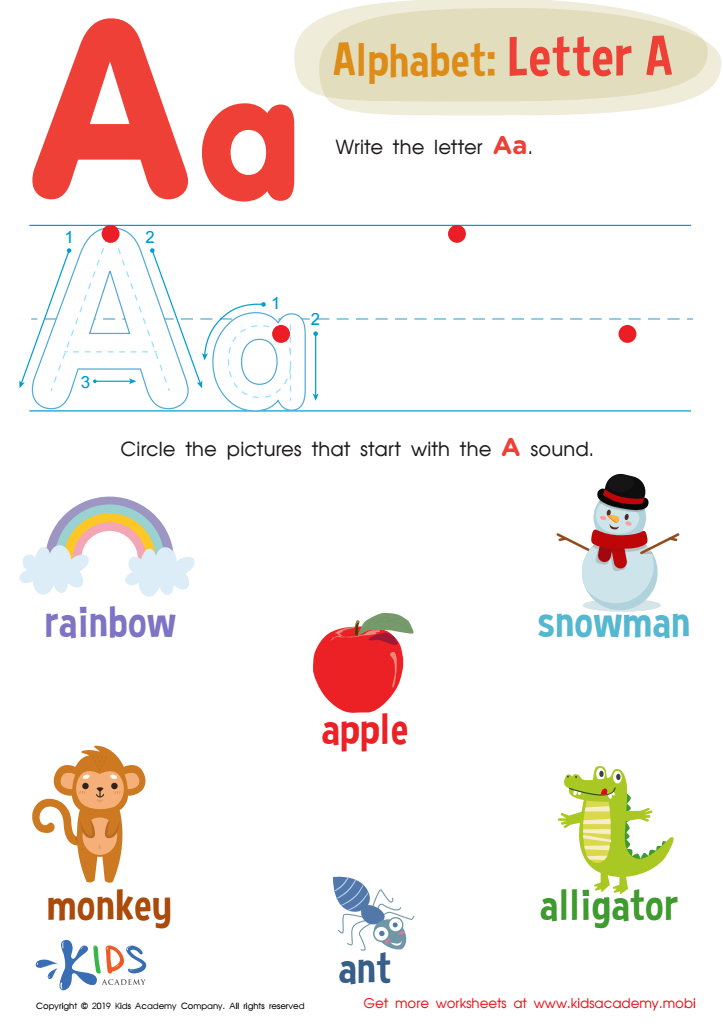Alphabet tracing Normal Tracing Letters Worksheets for Ages 7-9
5 filtered results
-
From - To
Unlock a world of fun and learning with our "Alphabet Tracing Normal Tracing Letters Worksheets for Ages 7-9." Perfectly curated to develop your child's handwriting skills, these worksheets guide young learners through tracing letters from A to Z. Each sheet is designed to reinforce proper letter formation, boost fine motor skills, and increase writing confidence. Our engaging exercises ensure that your child enjoys their learning journey while mastering the alphabet. Suitable for classroom use or at-home practice, these worksheets make the perfect addition to your educational toolkit. Start today and watch your child excel in their writing abilities!


Letter P Tracing Page


Letter Q Tracing Page


Letter H Tracing Page


Letter A Tracing Worksheet


Letter D Tracing Page
Parents and teachers should prioritize Alphabet tracing, particularly Normal Tracing Letters, for children aged 7-9. At this developmental stage, refining motor skills, enhancing handwriting proficiency, and solidifying foundational literacy are crucial.
Alphabet tracing supports the enhancement of fine motor skills by requiring children to control their hand movements precisely, improving their dexterity and hand-eye coordination. This is not only essential for legible handwriting but is also beneficial in other academic and daily activities.
Furthermore, normal tracing letters help embed the proper formation of upper and lower case alphabets in children's muscle memory, fostering better writing fluency. By practicing consistent letter shapes, students are less likely to develop poor writing habits, ensuring clearer and more readable writing as they grow.
Literacy development is greatly supported through tracing activities. When children trace letters, they are associating shapes with sounds, reinforcing phonemic awareness which is fundamental for reading and spelling proficiency.
By engaging children in these practices, parents and teachers are laying a sound educational foundation that will support academic success and confidence. Investing in these activities not only impacts immediate learning but also establishes essential skills that benefit children throughout their educational journey and beyond.
 Assign to My Students
Assign to My Students














